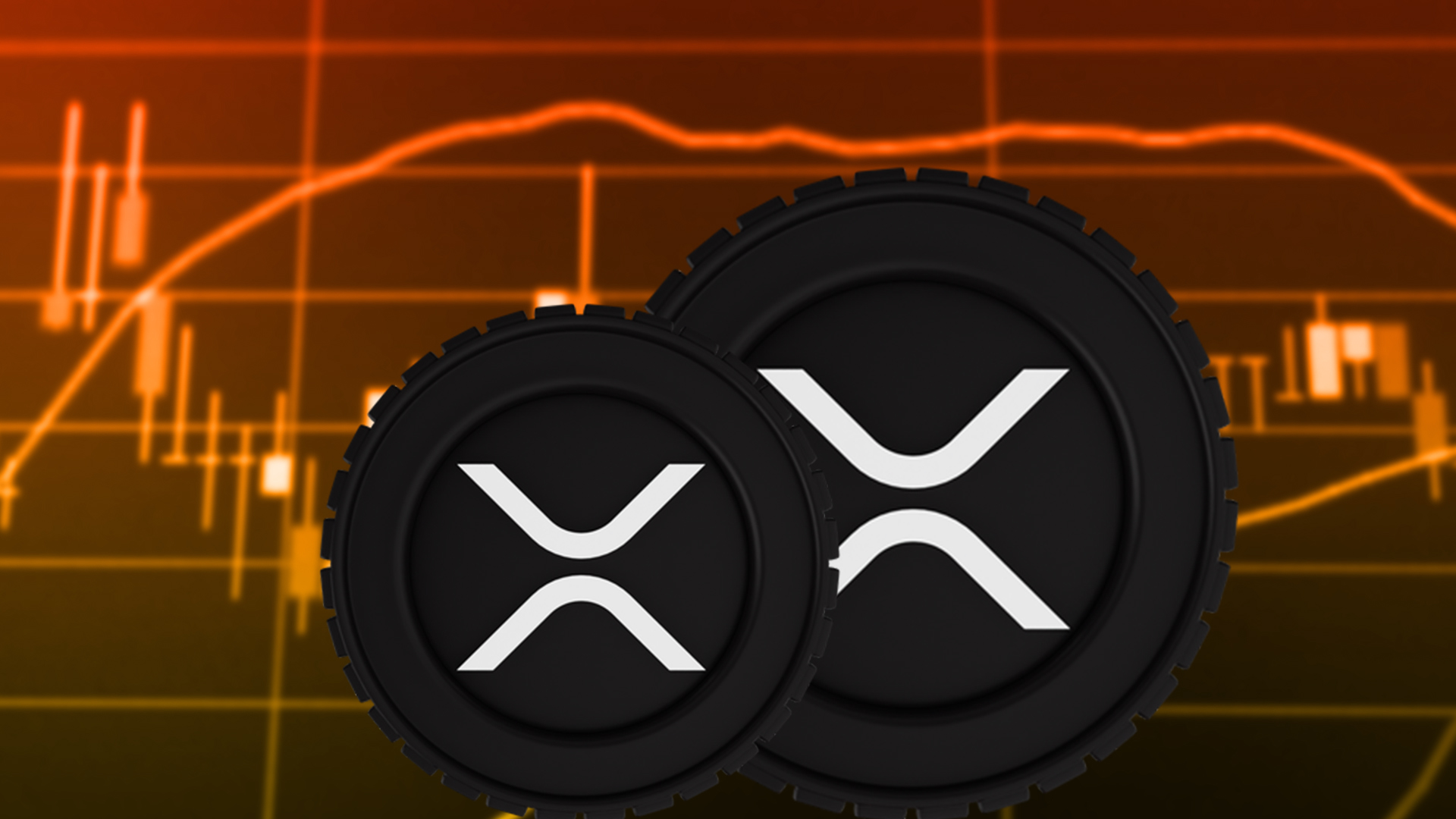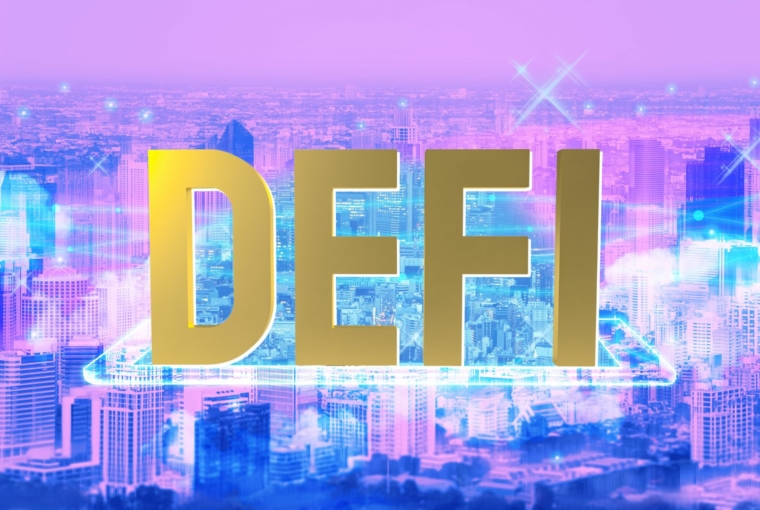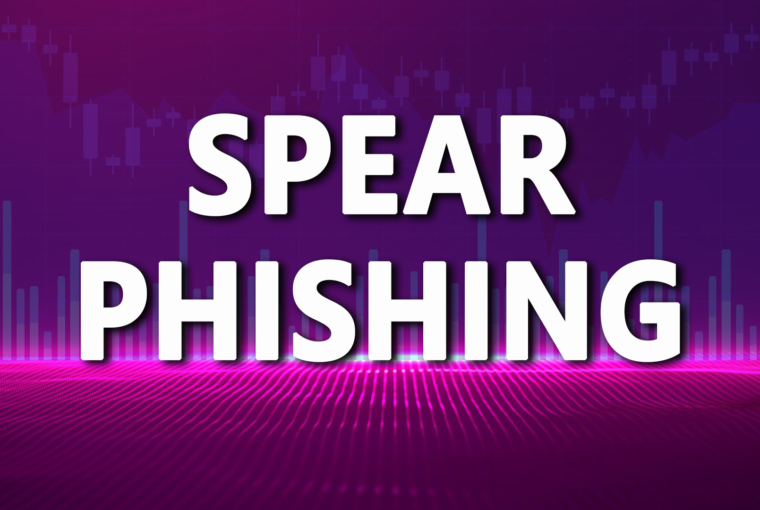- Cryptocurrencies are listed on international exchanges and making their way into the formal banking system.
- The smallest unit of the XRP token is called a drop, it is one-millionth of an XRP.
Since 2009, after the origin of Bitcoin, there has been an explosion in the crypto industry. There have been some prominent players emerging alongside Bitcoin, like Ethereum, Tether, Binance, and many more. At the same time, many cryptos have faded in this competitive environment or become limited to niche audiences.
The crypto environment has evolved so much over time that they are slowly becoming a part of the financial and industrial ecosystem.
Many leading cryptocurrencies have stabilised themselves over the period of time. In many countries, crypto currencies are listed on international exchanges and making their way in the formal banking system.
Along with bitcoin, other cryptocurrencies like Tether and Ethereum are making their way into the mainstream ecosystem of payment and receipt. In the past few months, Ripple has stabilised its revenue, which has made banks turn their heads towards it. That’s why it is now the backbone of the payment systems of many banks.
What is Ripple
Ripple is an established cryptocurrency that works on the XRP ledger technology. Ripple uses xRapid and xVai for payment processing system, these two were merged into the mainnet of Ripple which is known as RippleNet. RippleNet is used for transactions on XRPL technology.
XRP
It is the native token of Ripple and is used for transactions on the RippleNet platform. There are around 100 Billion Ripple tokens in the ecosystem, out of which the majority of tokens are held by Escrow accounts-around 45 Billion. The remaining 55 Billion are held by distributors around the globe.
The smallest unit of the XRP token is called a drop, it is one-millionth of an XRP. As XRP tokens are pre-mined, which means their quantity cannot be further increased. Premined means no proof of work is involved in mining new tokens.
Why Do Banks Use XRP Tokens?
- Cross border payment: Through Ripple, banks can make fast cross-border transactions at a low cost. This helps banks settle RTGS transactions in real time. Many banks have integrated into RippleNet, Ripple helps participating banks connect with each other and also with their customers.
- Secure and stable backend infrastructure: As banks increase their offerings, the threats online are also increasing. So Ripple has a high level of data security compared to banks. Ripple, with its scalability and low transaction cost, also offers a solid backend infrastructure.
- Liquidity management: Ripple is the seventh largest cryptocurrency in the world as per the market capitalisation – around $17 Billion and because of this reason, many banks beg on the XRP token and buy it against the fiat currency.
- Industrial synergies: From the start, Ripple’s focus was on banks and financial institutions, which adopted Ripple in the banking ecosystem. Ripple is working with banks and trying to improve the platform.
Banks that uses ripple XRP
- Bank of America (USA)
- PNC Banks (USA)
- Siam Banks (Thailand)
- Santander Banks (USA)
- Standard Chartered Banks (UK)
Conclusion
XRP has emerged as a key player in the cryptocurrency space, especially in the financial and banking industry. With its fast and cost-effective cross-border payment system, secure infrastructure, and liquidity management, XRP is revolutionising how banks handle transactions. Its adoption by major banks worldwide further solidifies its position as a transformative technology.


